
The Jewish Community: Authority and Social Control in Poznan and Swarzedz 1650-1793 Anna Michałowska-Mycielska
- Autor:
- Anna Michałowska-Mycielska
- Wydawnictwo:
- Wydawnictwo Akademickie DIALOG
- Ocena:
- Stron:
- 310
- Dostępne formaty:
-
ePubMobi
 opcje wysyłki »
opcje wysyłki »
Opis
książki
:
The Jewish Community: Authority and Social Control in Poznan and Swarzedz 1650-1793
Książka - napisana przede wszystkim na podstawie źródeł żydowskich, przeważnie w języku hebrajskim - stanowi cenny wkład w badania nad dziejami Żydów w Polsce. Na przykładzie gmin w Poznaniu i Swarzędzu pokazuje mechanizmy funkcjonowania i politykę władz gminy żydowskiej w epoce nowożytnej w okresie między zakończeniem wojen szwedzkich a schyłkiem Rzeczypospolitej. Szczegółowy opis oraz analiza struktury władz gminnych, sposobu ich wyłaniania i funkcjonowania pozwala nie tylko zrozumieć, jak gminy funkcjonowały, ale także jakie przyczyny prowadziły do zmian.
This book features the mechanisms underlying the operation of Jewish communities and the policies pursued by community authorities in early modem times. The communities featured are Poznań and Swarzędz. Although authority was mainly exercised in a community by the kahal and its officials, the rabbi, brotherhoods, and craftsmen’s guilds were also involved in the community’s management. The purpose of this work is also to highlight the mutual interdependencies between all of these groups.
It is by no means accidental that Wielkopolska (Great Poland) has been chosen as an example. This region, important in demographic and cultural terms, was the area of the earliest Jewish settlement in Polish lands. Jerzy Topolski described Wielkopolska’s unique socioeconomic structure. Agriculture and industry shaped the area’s economy (with the grange catering to the domestic market rather than to exports across the Baltic Sea, with nobility more inclined to invest, with highly developed sheep breeding and textile industry, woolen cloth production in particular, and with a high share of urban population, a positive trade balance, and a high share of pecuniary rent in peasants’ performances to their lords). Wielkopolska was mainly inhabited by medium nobility and there were no large magnate estates, typical of the eastern regions of the Polish-Lithuanian Commonwealth. Owing to Wielkopolska’s specificity, the nature of Jewish settlement in this region was distinctly different from that in other regions: Jews mainly settled in towns,taking up such typical urban occupations as trade and crafts. The book predominantly relies on the archival sources produced by two Jewish communities in Wielkopolska – in Poznań and Swarzędz – which are ample and very well preserved compared to those of other Commonwealth’s communities. It also features broader phenomena characteristic of the way the Jewish self-government functioned at the local level. It is also worth underscoring that the state of estates, where individual estates exercised separate rights and were differently organized, was a very good ground for the growth of such self-government.
This second English edition of the book is largely due to the unflagging interest in the history and culture of the Polish Jews. That interest is not a mere fad, but a phenomenon that has become a permanent feature of historical writing. There is also a noticeable trend for scholars, who are increasingly better prepared in terms of research tools and language, to focus on that area of study. Which translates into a new perception of the place and role of the Jews without whom the socio-economic landscape of the ancient Commonwealth would have been highly incomplete and sparse. It is becoming more widespread in Poland, too, as evidenced by the emergence of various museums which feature/underscore the presence of Jews in local communities. As the Museum of the History of Polish Jews, recently opened in Warsaw, best demonstrates. The Poznań community is one of the oldest Jewish communities in the Polish lands. The oldest reference to Jews living in Poznań (Pozna) comes from 1379.[1] Legend has it that a synagogue was built in that town in 1367, first referred to in source materials in 1449. The first mention of the cemetery comes from 1438.Another Poznań legend, which most probably dates from the second half of the 15th century, tells about the host profaned by the Poznań Jews in 1399.
Wybrane bestsellery
Wydawnictwo Akademickie DIALOG - inne książki
Dzięki opcji "Druk na żądanie" do sprzedaży wracają tytuły Grupy Helion, które cieszyły sie dużym zainteresowaniem, a których nakład został wyprzedany.
Dla naszych Czytelników wydrukowaliśmy dodatkową pulę egzemplarzy w technice druku cyfrowego.
Co powinieneś wiedzieć o usłudze "Druk na żądanie":
- usługa obejmuje tylko widoczną poniżej listę tytułów, którą na bieżąco aktualizujemy;
- cena książki może być wyższa od początkowej ceny detalicznej, co jest spowodowane kosztami druku cyfrowego (wyższymi niż koszty tradycyjnego druku offsetowego). Obowiązująca cena jest zawsze podawana na stronie WWW książki;
- zawartość książki wraz z dodatkami (płyta CD, DVD) odpowiada jej pierwotnemu wydaniu i jest w pełni komplementarna;
- usługa nie obejmuje książek w kolorze.
Masz pytanie o konkretny tytuł? Napisz do nas: sklep@ebookpoint.pl
Książka drukowana


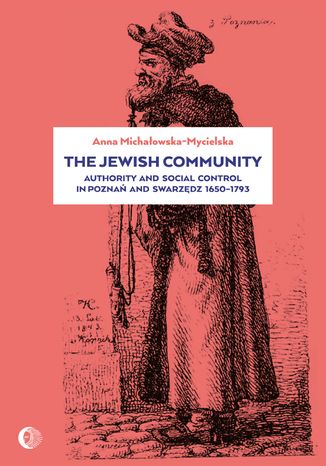
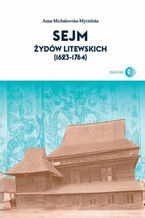
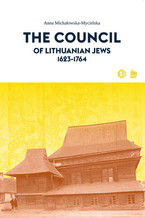



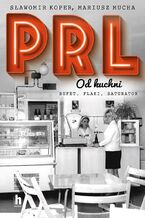
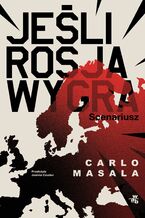



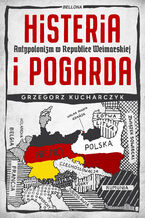
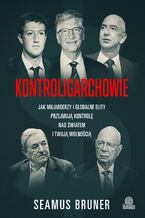
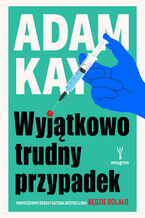







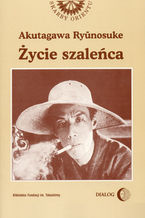
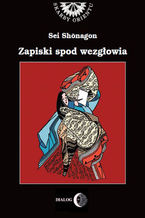
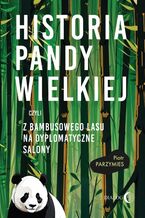

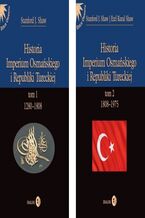




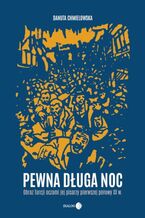
Oceny i opinie klientów: The Jewish Community: Authority and Social Control in Poznan and Swarzedz 1650-1793 Anna Michałowska-Mycielska
(0)